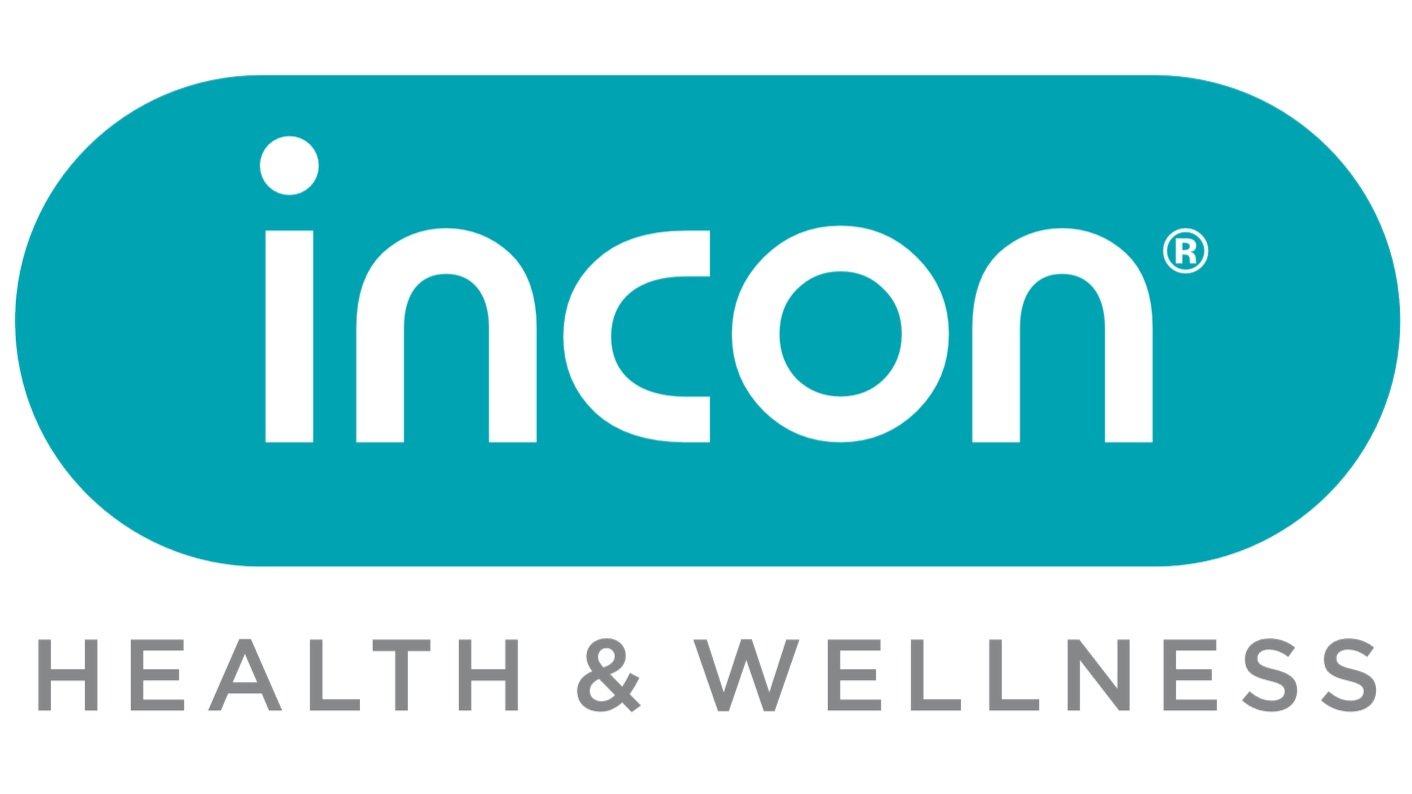OHS KPIs
Occupational Health and Safety (OHS) risks in the workplace demand consistent management to ensure employee well-being. Whilst risk assessments are crucial, they alone don't provide a complete picture of OHS performance. That's where Key Performance Indicators (KPIs) come in.
KPIs offer objective data on OHS performance, providing essential feedback on actions and policies. Traditional KPIs focus on past performance, but there's a growing interest in "leading indicators" that emphasise positive outcomes, such as:
Productive planned workdays realised
Hours worked without lost time injury
Working days since the last accident
Employee satisfaction
Effective KPIs provide quantitative or semi-quantitative data reflecting organisational safety, health, and preventive activities. They're essential for OHS management, offering valuable feedback and motivation for managers, while improving communication.
Incon Health partners with companies to create healthy and safe work environments, complying with the Occupational Health & Safety Act. Focusing on employee health, accident prevention, and work community functioning, Incon Health supports a thriving workplace.

